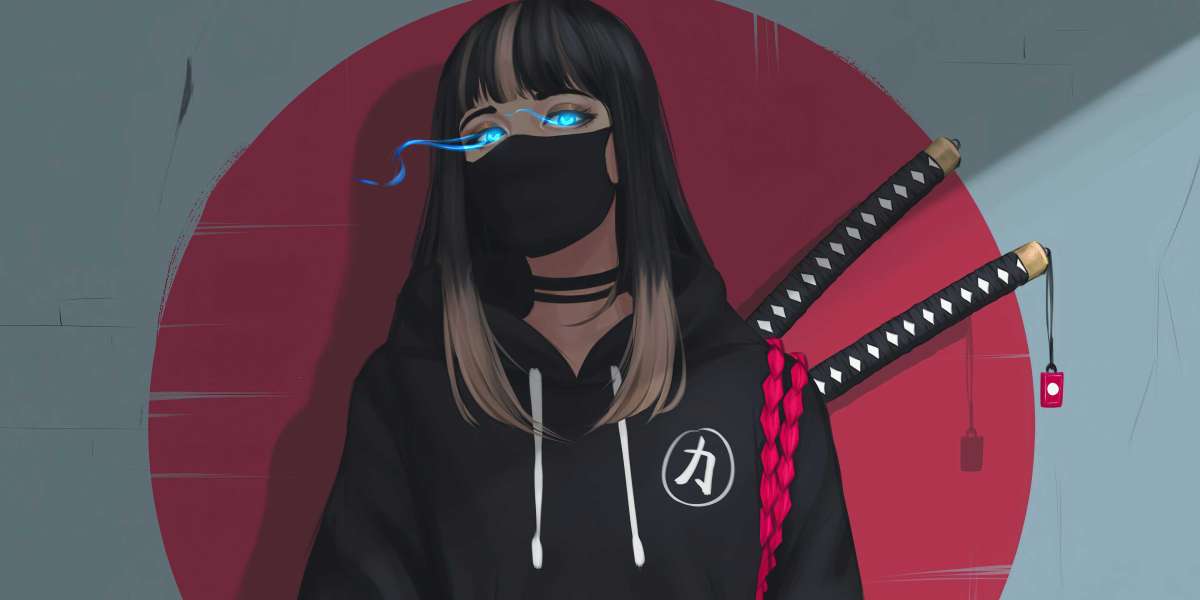Fashion has long been more than fabric and thread. It is a canvas for identity, resistance, and cultural memory. In the modern landscape, few brands embody the intersection of artistry and activism as boldly as Denim Tears. Founded by Tremaine Emory in 2019, Denim Tears is not just a streetwear label—it’s a powerful expression of Black history, a visual archive of pain and pride, and a symbol of cultural storytelling in motion.
The Origins of Denim Tears
Tremaine Emory launched Denim Tears as a deeply personal project—one rooted in his heritage as an African American and shaped by his experience in the fashion world. Emory, who has worked with major brands like Yeezy, Stüssy, and Supreme, created Denim Tears not for mainstream appeal but as a vehicle to tell the stories that matter. The brand’s debut collection centered on the 400-year history of the African diaspora in America, with a focus on slavery and cotton—a painful but essential component of Black history.
Rather than shying away from this past, Emory faced it directly. His first line featured denim jeans and jackets printed with cotton wreath motifs. These symbols were deliberate, drawing a connection between the cotton industry that fueled the American economy and the brutal exploitation of Black bodies. The message was not subtle, and it wasn’t meant to be. In many ways, Denim Tears was—and still is—a form of protest, a living memorial, and a call to remember.
Fashion as a Medium of Memory
Fashion has the unique ability to carry meaning beyond words. A piece of clothing can be a symbol, a conversation starter, or a political act. For Tremaine Emory, the choice to use denim and cotton was not simply aesthetic. It was symbolic. Denim, historically associated with American laborers, and cotton, inseparably tied to the institution of slavery, become tools of storytelling under Emory’s vision.
By wearing Denim Tears, individuals engage with a narrative that predates them. Each item becomes a walking monument, inviting observers to question its significance and reflect on the history it represents. In this way, Denim Tears challenges the traditional role of fashion as mere commodity and instead insists on its potential to educate and provoke thought.
The Intersection of Fashion and Black Identity
For centuries, Black people have used fashion as a form of resistance and self-expression. From the dignified elegance of Sunday church suits during the Jim Crow era to the Afrocentric pride of the 1960s and the birth of hip-hop style in the late 20th century, clothing has been a medium through which Black communities have claimed their identity and agency.
Denim Tears continues this tradition but places it squarely in the context of today’s social and political realities. In an age where movements like Black Lives Matter have reignited public conversations around systemic racism, Denim Tears offers more than symbolism—it offers solidarity. The garments are rooted in history but speak directly to the present.
Tremaine Emory’s vision is unapologetically Black, and he makes no effort to dilute that for the sake of marketability. Instead, he invites the world to confront uncomfortable truths. The success of Denim Tears proves that there is not only a place for such honesty in fashion but a deep hunger for it.
Collaboration as Cultural Amplification
Denim Tears has gained attention not only for its message but for its collaborations with some of the biggest names in fashion. From working with Levi’s to partnering with Dior, the brand has found ways to maintain its integrity while engaging with larger audiences. These collaborations are not mere commercial moves; they are cultural interventions.
When Denim Tears reimagines a classic Levi’s jacket with cotton floral motifs or when it partners with Dior to elevate Black artistry, it sends a clear message: Black stories belong at the center of global fashion, not at the margins. These partnerships become platforms for visibility, turning Emory’s mission into a movement.
What sets these collaborations apart is how they retain Denim Tears’ core identity. In every joint project, the messaging remains consistent—this is a brand built on memory, resistance, and representation. Rather than being co-opted by bigger labels, Denim Tears uses its platform to amplify its story and elevate the culture it comes from.
Storytelling Beyond the Runway
Tremaine Emory’s approach to fashion is deeply holistic. His work extends beyond clothing into the realms of music, art, and activism. He’s known for weaving in references to African American literature, history, and music into his campaigns and visual language. The result is a multi-layered narrative that reaches audiences on several levels.
A Denim Tears campaign might feature archival footage from the civil rights era, quotes from James Baldwin, or imagery inspired by African sculpture. These elements are not background decoration—they are integral to the brand’s voice. Emory uses them to build a world that challenges the often superficial nature of fashion branding.
In this way, Denim Tears becomes more than a label. It is a living, breathing archive of Black culture. It’s an evolving conversation with the past and a vision for a future where stories like Emory’s are no longer sidelined.
The Emotional Power of Wearing History
Wearing a piece from Denim Tears is not just about looking good—it’s about feeling something deeper. For many customers, especially those within the Black community, it’s a way of honoring their ancestors, confronting hard truths, and celebrating resilience. The emotional weight that Denim Tears carries is what makes it truly unique in the fashion world.
Unlike brands that adopt activism as a trend, Denim Tears is rooted in lived experience. It doesn’t perform allyship—it embodies it. Emory’s designs speak not only to pain but to pride, beauty, and creativity born from struggle. They tell the story of survival and triumph in the face of generational trauma.
This emotional resonance is what draws people to the brand. It’s not simply about streetwear appeal; it’s about connecting with something bigger than oneself. And in an industry often criticized for its detachment from reality, Denim Tears is a reminder that fashion can still matter.
A Blueprint for the Future
Denim Tears has carved out a new lane in fashion—one where storytelling, cultural integrity, and activism are just as important as design. In doing so, Tremaine Emory has set a powerful Denim Tears Hoodie example for other designers and brands. His work proves that fashion doesn’t have to be hollow or apolitical. It can be urgent, it can be personal, and it can be transformative.
As the fashion industry continues to grapple with questions of diversity, representation, and accountability, Denim Tears offers a blueprint for how to move forward with purpose. It challenges the industry to do more than tokenize Black culture—to invest in it, to learn from it, and to elevate it authentically.
Conclusion
Denim Tears is more than clothing. It’s a vessel for memory, a protest in fabric, and a love letter to Black culture. Through bold storytelling, historical awareness, and unflinching honesty, Tremaine Emory has created a brand that speaks volumes in silence. In every stitch, Denim Tears tells a story that needs to be heard—and worn.
In a world saturated with fast fashion and fleeting trends, Denim Tears reminds us of the enduring power of cultural storytelling. It shows us that fashion can do more than follow style—it can shape thought, challenge systems, and carry the weight of history with pride.


